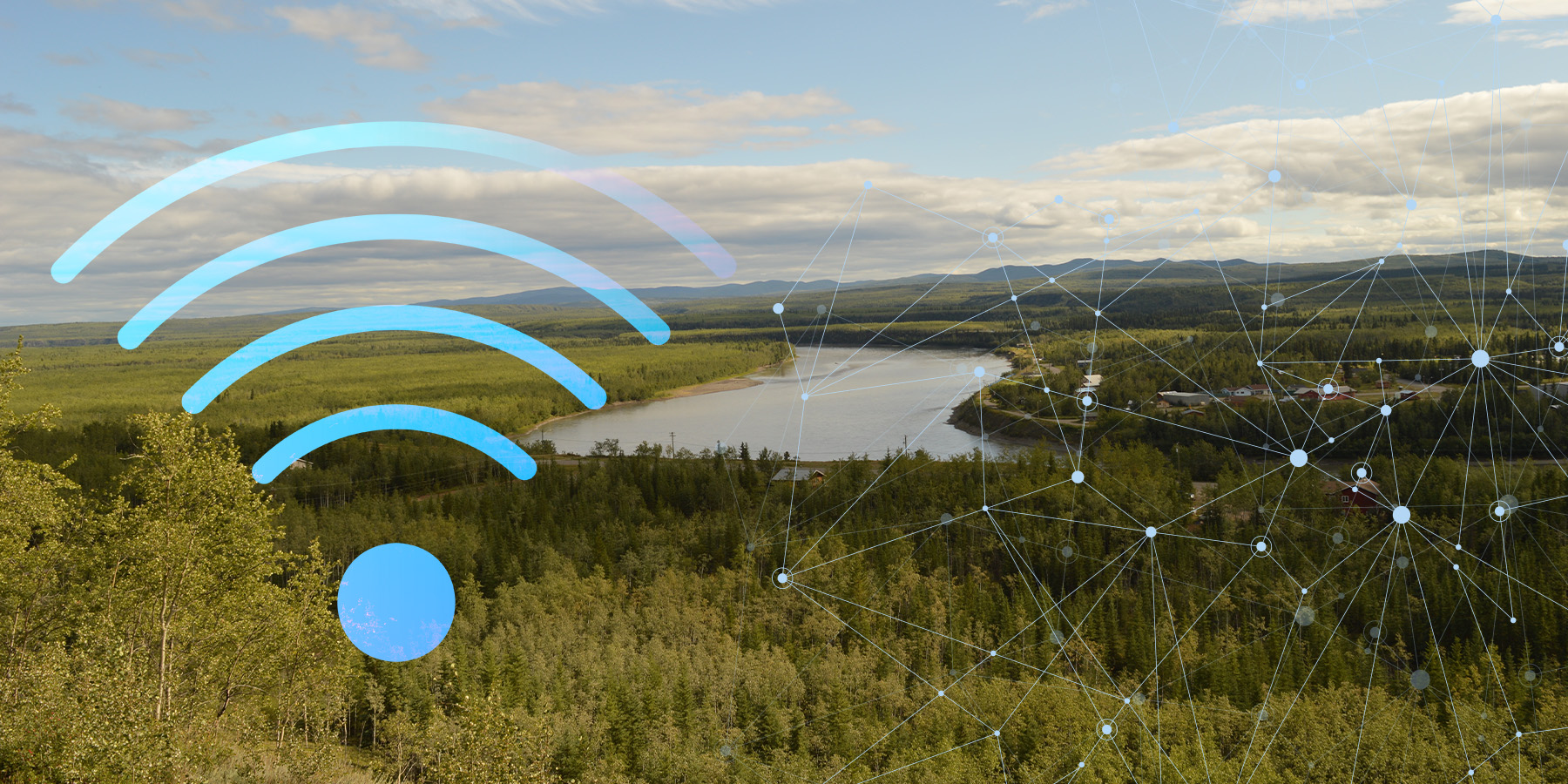
Fibre deployment more challenging in Indigenous and remote communities, conference hears
Telecom | |August 21, 2025
TORONTO–Any fibre rollout has its challenges but those are magnified when trying to extend service to Indigenous and remote communities. That was one of the key points at two panels at the Fiber Broadband Association’s regional fibre connect conference in Toronto, Aug. 19.
The back-to-back sessions were on best practices for broadband deployment in Indigenous lands and on fibre in remote locations.
At the Indigenous panel, Madeleine Redfern, northern director of CanArctic Inuit Networks, said that connectivity in her home region of Nunavut is typically by satellite. That raises special challenges when weather conditions conspire to disrupt service. She conceded that blaming the technology doesn’t always convince end users.
“It sounds so much like the ‘dog ate my homework’ excuse,” she stated.
Even the RCMP, the police force in the region, has been known to tell people who cannot call or email the detachment to visit the police station. That is not practical for some cases, such as domestic violence, Redfern asserted.
She said that Space Exploration Technologies Inc.’s Starlink service is good but it is oversubscribed, leading to service disruptions.
“That’s why we need fibre,” she said.
An ex-mayor of Iqaluit, Redfern began her presentation by explaining to her southern audience of 300 delegates where Nunavut is located.
“It’s next to Greenland. Most Canadians and Americans have a sense where Greenland is now,” she joked.
In July of last year, the CRTC announced it was allocating $271.9 million to bring fibre to four communities in Nunavut. The communities of Iqaluit, Kinngait, Coral Harbour and Kimmirut are in line to get high-speed internet access.
For Peter Leaton, CEO of the northern Quebec carrier Sichuun, getting qualified people is the greatest challenge. The problem is further exacerbated by Sichuun’s commitment to create jobs for Indigenous people.
“We have trained quite a number of indigenous people,” he reports. Still, many leave after a year or two.
Getting Indigenous participation is also important to Redfern, herself an Inuk woman. She quoted an often-used slogan in Indigenous circles to explain the desire for more contact.
“Nothing about us without us,” she told the audience.
Dave Jalowica is a vice president at Clearcable Networks. For him, the challenge of getting service into Indigenous territory is bringing the equipment in.
“You need to bring everything that you use and spares and people who know how to use it because there is no calling backup,” he explained.
There must be enough equipment to last a five- to 10-year cycle, he added.
The federal government has announced plans to have most of the country connected to the internet by 2026 and all of it online by 2030. The federal standard is 50 megabits per second (Mbps) download speed and 10 Mbps upload. Redfern knows her region will be among the stragglers getting connected by the later date.
Satellite service does not support the redundancy necessary for effective fibre grids, she added. Leaton agreed with her. There are many disasters which can interrupt effective communications.
“Having full redundancy is very important,” he stated. “We’re on a 1,500-kilometre spur and we’ve had everything from forest fires and landslides to fires in manholes in Montreal take out our service for weeks at a time because we have no alternative fibre link.”
For Curtis Shaw, president of Northwestel Inc., the short construction season is a challenge. He was a panelist on the remote communities session.
He said his company, which services northern British Columbia, Yukon, Northwest Territories, and Nunavut, has spent over $120 million rolling out broadband. But weather conditions mean only four or five months are available to actually deploy the fibre.
Housing workers is also a problem. There are few hotels in the service footprint, so people have taken to buying recreational vehicles to stay in.
For Christine Marion, president of DigiCom Networks, getting to know the communities they serve is vital. Her firm has operated a network in Quebec’s Saguenay-Lac St. Jean region since 1995. Some places will offer permits quickly, while others take their time, she reported.
It is also important to know how much material to buy. Demands are only going to increase in coming years, so fibre firms must stay ahead of the curve, she maintained.
“It’s very important to think of more than what we need now,” she said. “It’s not a secret.”
Being in remote regions also raises the problem of attacks on infrastructure by wild animals, the panelists stated. Northwestel showed a photo of a beaver gnawing on a strand of fibre.
Getting customers is a challenge. Shaw said his company will hold community events like barbeques to entice consumers to adopt its services. Marion agreed, but said DigiCom still employs old-fashioned door knocking to round-up customers.
Northwestel is in the process of being sold by parent company BCE Inc. to a consortium of Indigenous groups. Redfern snorted at the proposal.
“I have a very negative view of that,” she offered. “I think that we could spend a billion dollars a heck of a lot better.”




